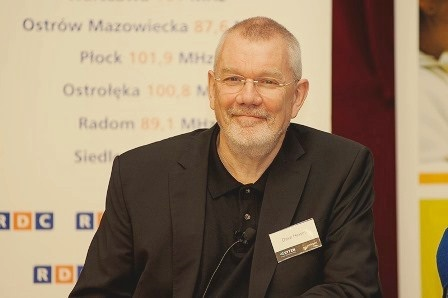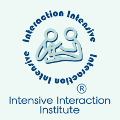A Brief History

In the 1980's, Dave Hewett was the Principal of Harperbury Hospital School. The students were young adults, and many of them were still at early levels of development as communicators. Dave says:
“Intensive Interaction started in classrooms. It started because we did not know what to teach. Actually, we realised later that we also did not know how to teach. We did not know what to teach to students who did not speak and were mostly seeming to be not motivated to relate much, or they simply did not seem to know how to be meaningfully social. Many clearly found the prospect of being social to be excruciatingly threatening. Quite a few of them were severely withdrawn into their own world of often rhythmical, persistent behaviour. They were all still operating at very early levels of development in every respect – cognitively, emotionally, psychologically, and of course, communicatively. Many, maybe most of them, had received diagnoses of autism. Many of them, many, were also – understandably, given their circumstances – capable of what we consider to be the most severely challenging behaviour (Hewett, 2022, p.4).”
Reference: Hewett, D. (2022). ‘The story of Intensive Interaction’, in Mourière, A. & Smith, P. (Eds) The Intensive Interaction Classroom Guide: Social Communication Learning and Curriculum for Children with Autism, Profound and Multiple Learning Difficulties, Communication Difficulties. London: Routledge.
The application of the approach has developed throughout the years to include anyone with social-communication difficulties, regardless of cognitive abilities and language development. Indeed, Intensive Interaction has the potential to remove barriers to social inclusion by allowing self-expression to meet a person’s social and emotional needs.
The Intensive Interaction Institute was founded in 2011 and was incorporated as a Community Interest Company (CIC) (Company Registration Number:0777199) in September 2021.
Our Mission
The Institute aims:
“To define, develop and disseminate the theory and practice of Intensive Interaction.”
Define – To be the leading authority regarding the theory, philosophy and description of the Intensive Interaction approach.
Develop – To continue the development of Intensive Interaction to reflect advances in understanding of the brain, communication, behaviour, and emotional well-being.
Disseminate – to further the awareness, knowledge and understanding of Intensive Interaction through training, research and publications.”
Our impact
Intensive Interaction has been recognised as a gold standard approach to support individuals of all ages with communication and social communication difficulties.
Since its inception in the1990s the approach has been shared with families and professionals around the world.
145 Intensive Interaction Co-ordinators were personally trained by Dr Dave Hewett OBE, founding member of Intensive Interaction, prior to his retirement in 2020.
In 2021, Amandine Mourière (Associate of the Intensive Interaction Institute and Head of Training) began developing a new online Modular Training course, offering greater flexibility and opportunities for individuals to learn at their own pace.
Since this modular approach was established in 2022, we have reached more than 6000 individuals with our training.
